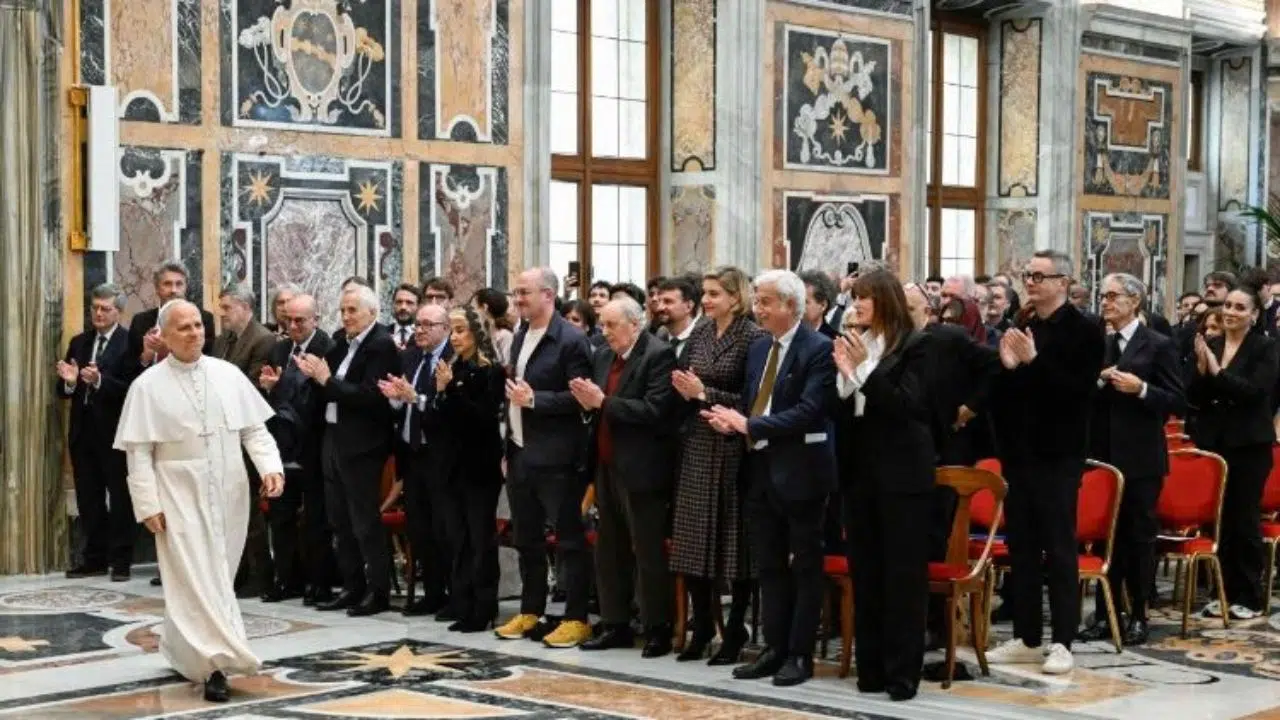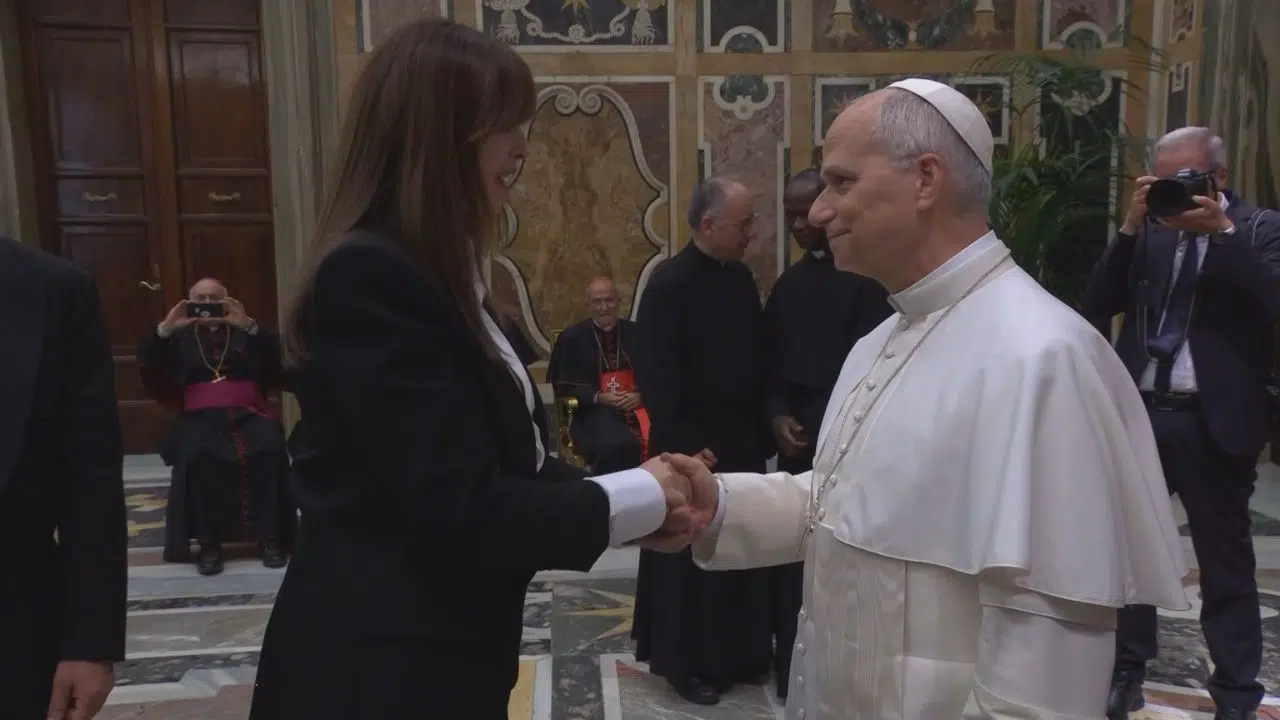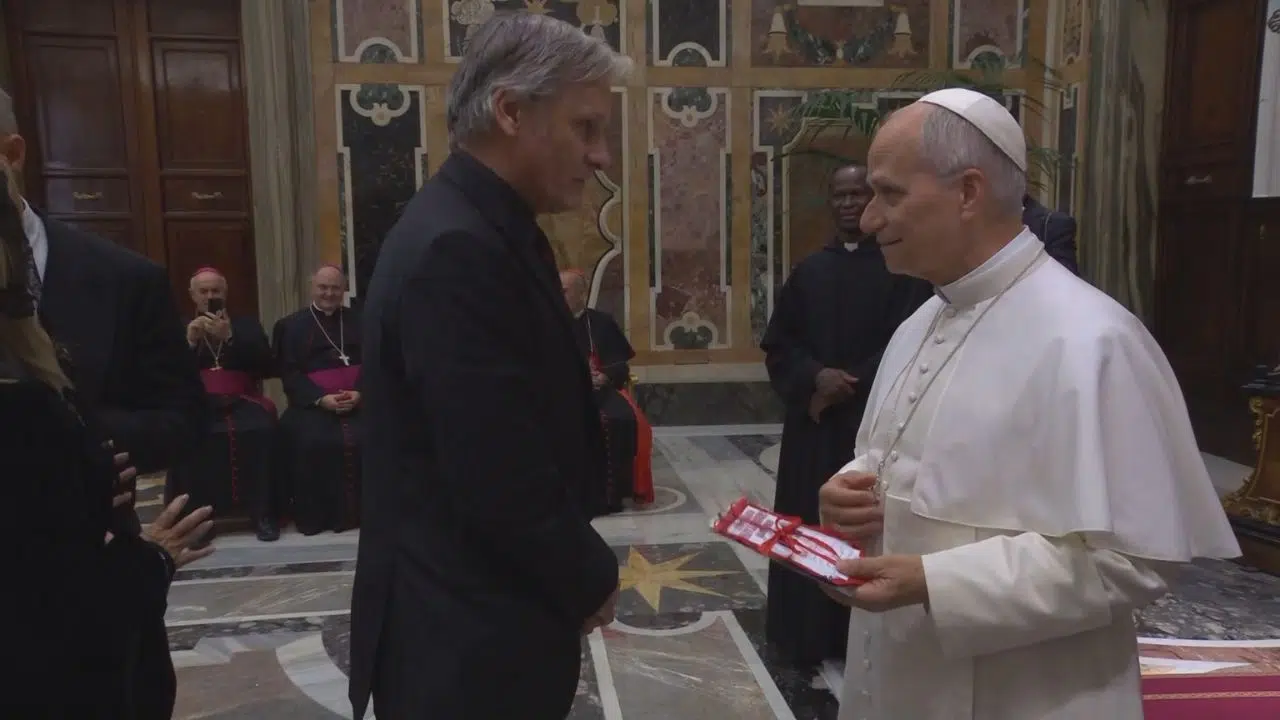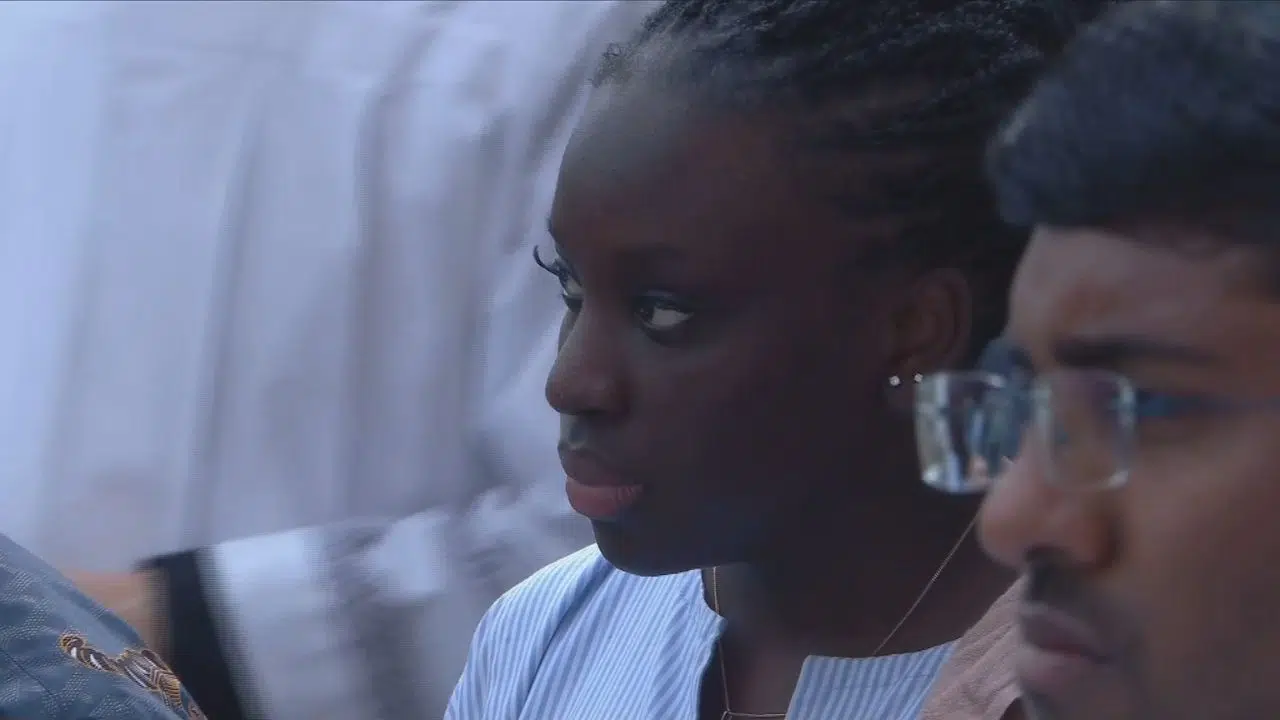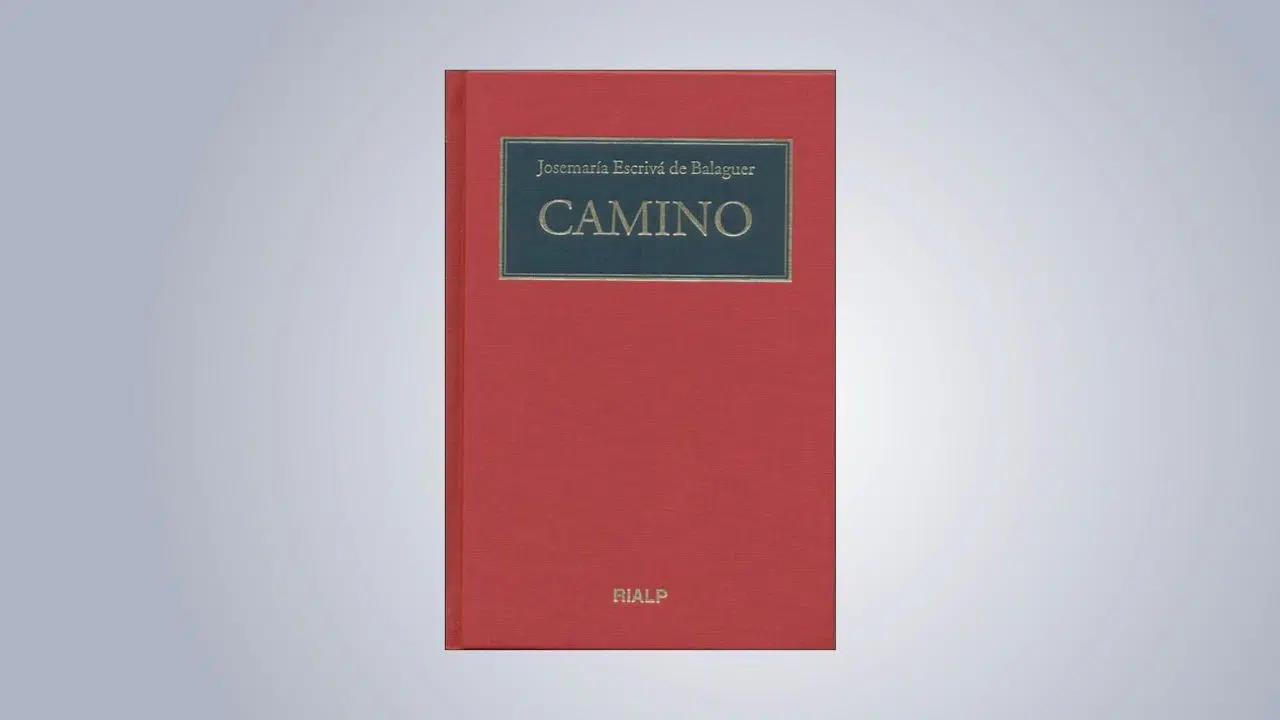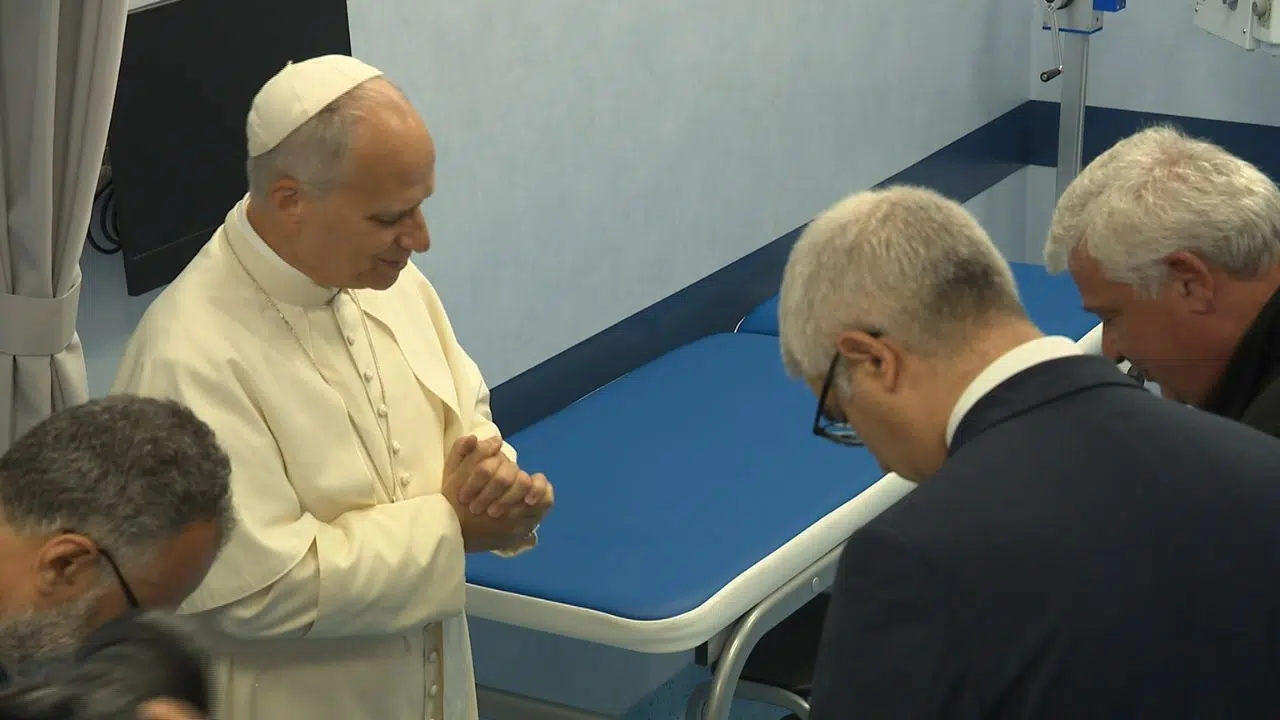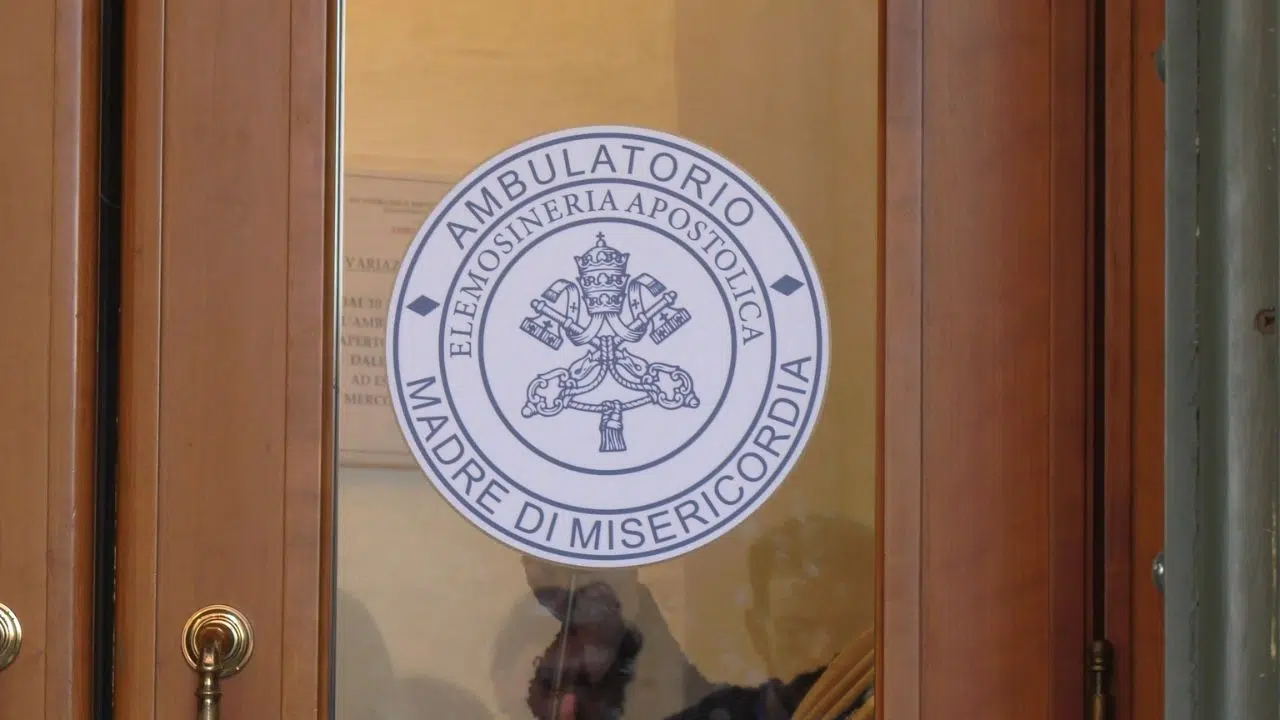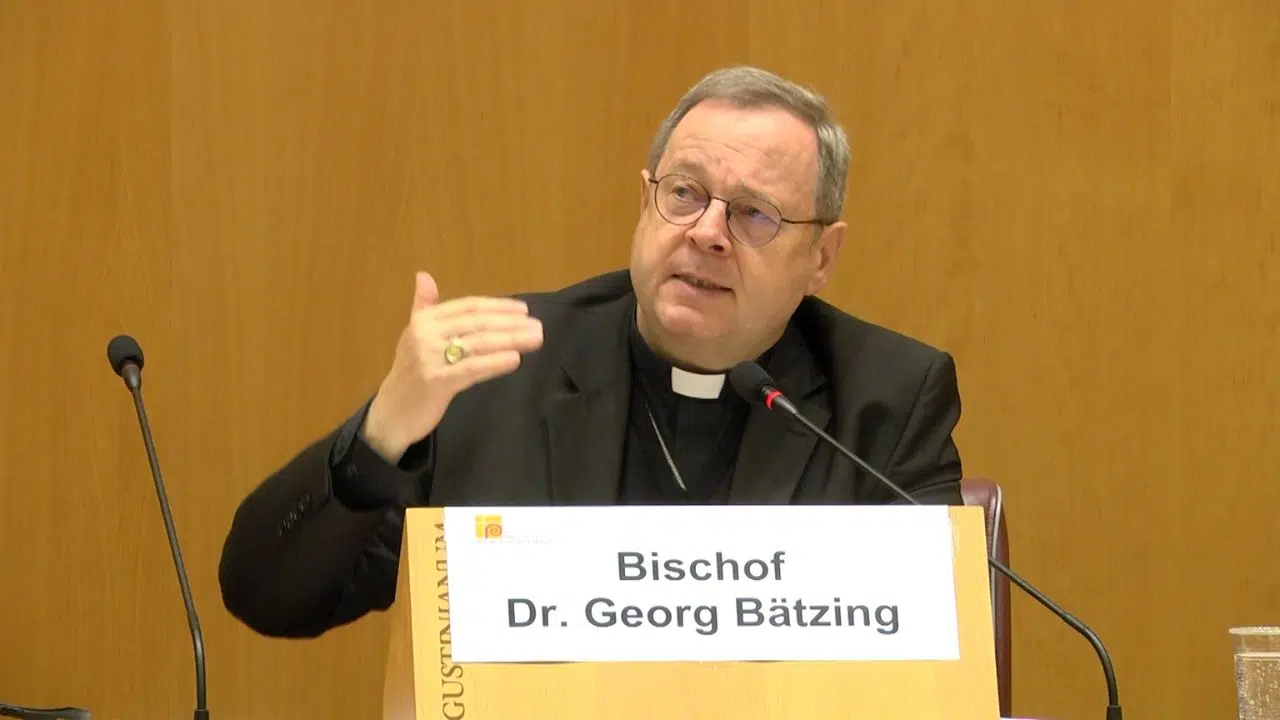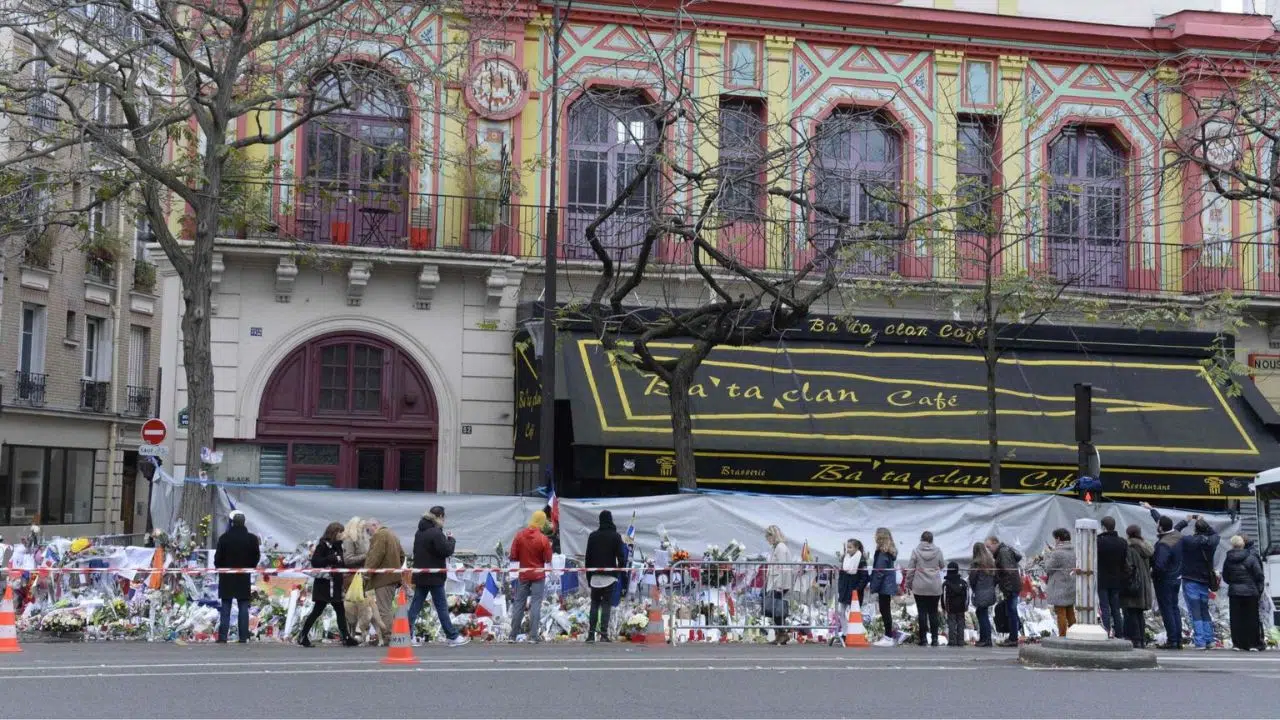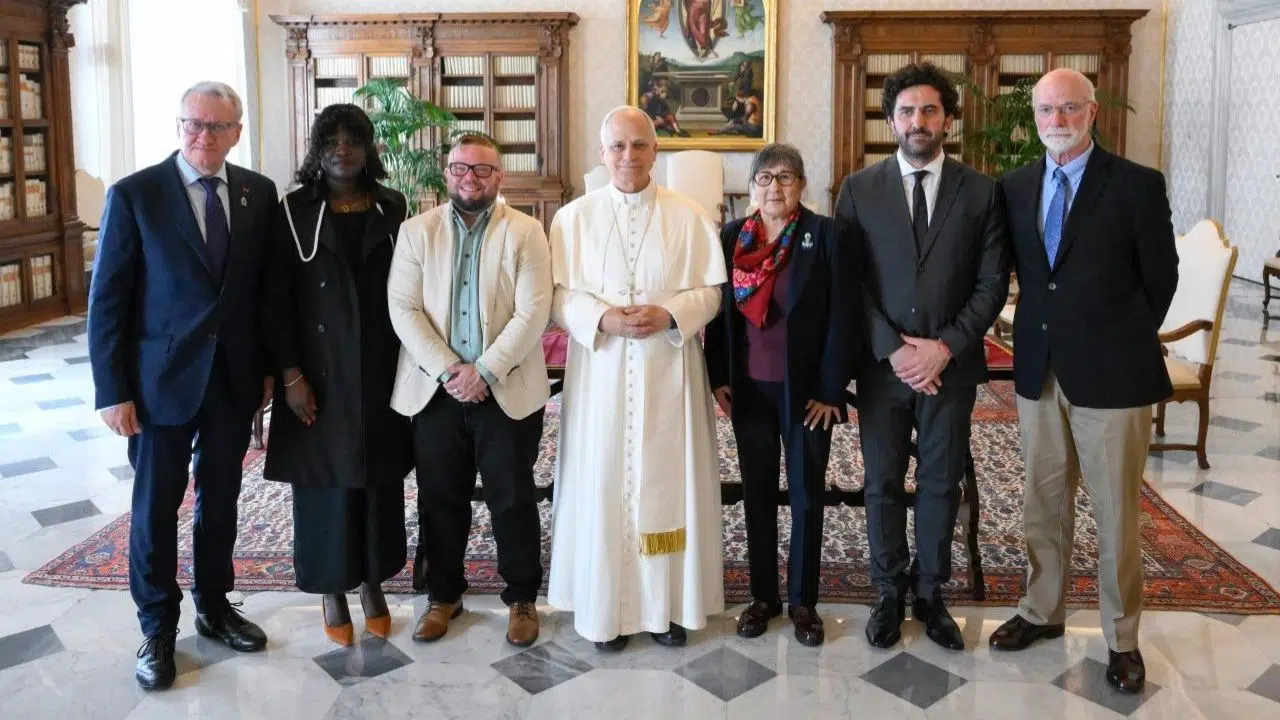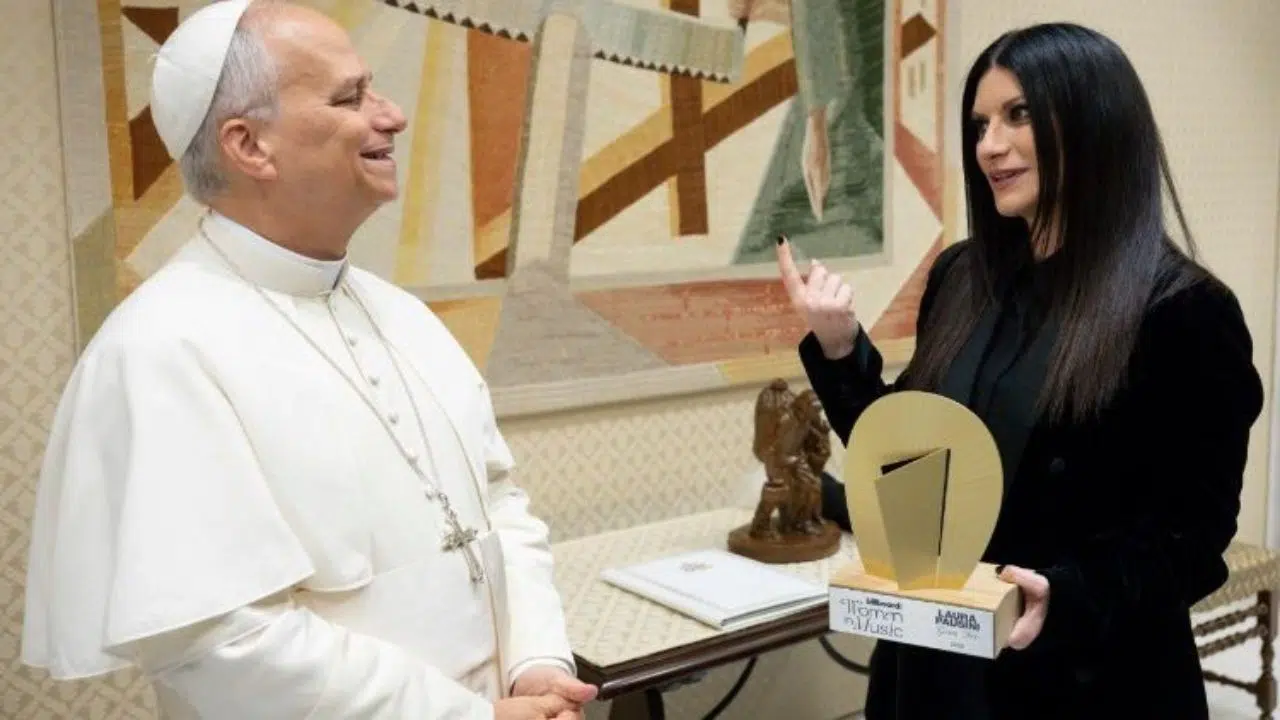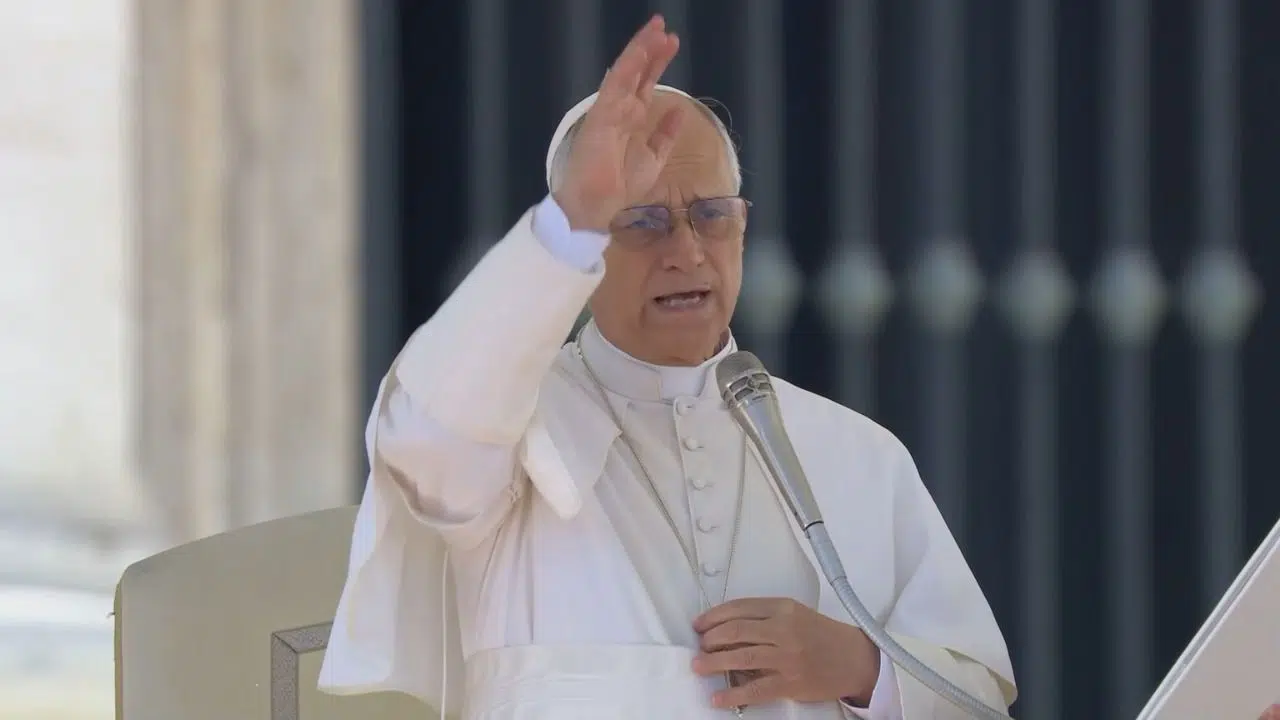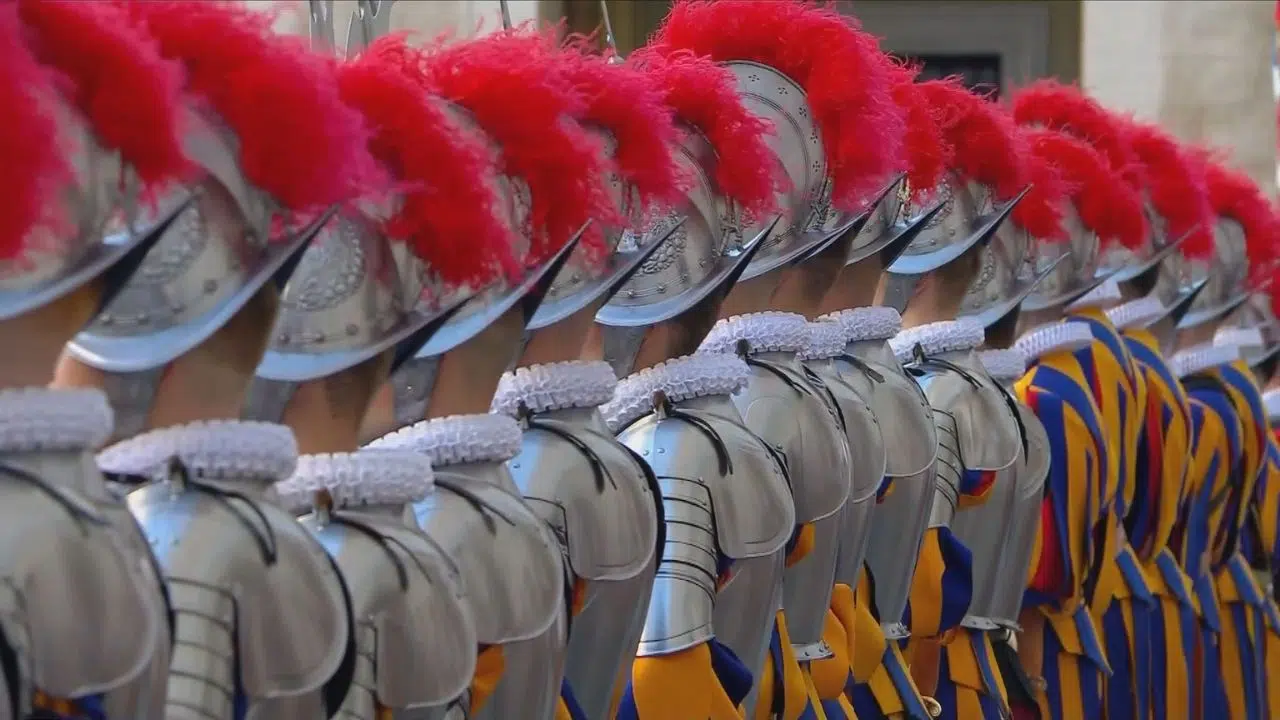They define themselves as “the best cultural ambassador of the Holy See,” and according to the Italian platform Statista, more than 30,000 visitors walk through its halls every day.
Of course, we’re talking about the Vatican Museums, which have become the second most visited in the world, surpassed only by the Louvre Museum in Paris.
To the great works of art that make up the permanent collection—such as Michelangelo’s Sistine Chapel, Raphael’s School of Athens, or the Laocoön—a new exhibition has now been added, titled Anima Mundi.
NADIA FIUSELLO
Head of the Ethnological Museum Anima Mundi
In fact, here we can find the whole world, all religions, all colors, all continents. It was born with the intention of expanding that exhibition even further, but over time it has become a place of encounter, of exchange, of communion.
In Anima Mundi, visitors can see the gifts that popes have received over the past century from Catholic missionaries and from various governments of Asia, Africa, Oceania, and the Americas.
This exhibition carries forward the legacy of a show first held in 1925, the same year the Church celebrated the Jubilee.
VINCENZO BUONOMO
Pontifical Delegate and Rector of the Urbaniana University
The soul of Anima Mundi is a message that comes from the cultures into which the Gospel manages to penetrate; and in that penetration of the Gospel there is respect for the culture, but at the same time there is the mystery of the Incarnation, which is manifested through this protection of the soul.
Pope Pius XI wanted to highlight, a century ago, the important work of evangelization carried within the missionary spirit—a mission that continues to grow every day and is now reflected in the new exhibition at the Vatican Museums, titled Anima Mundi.
Trans. CRT
